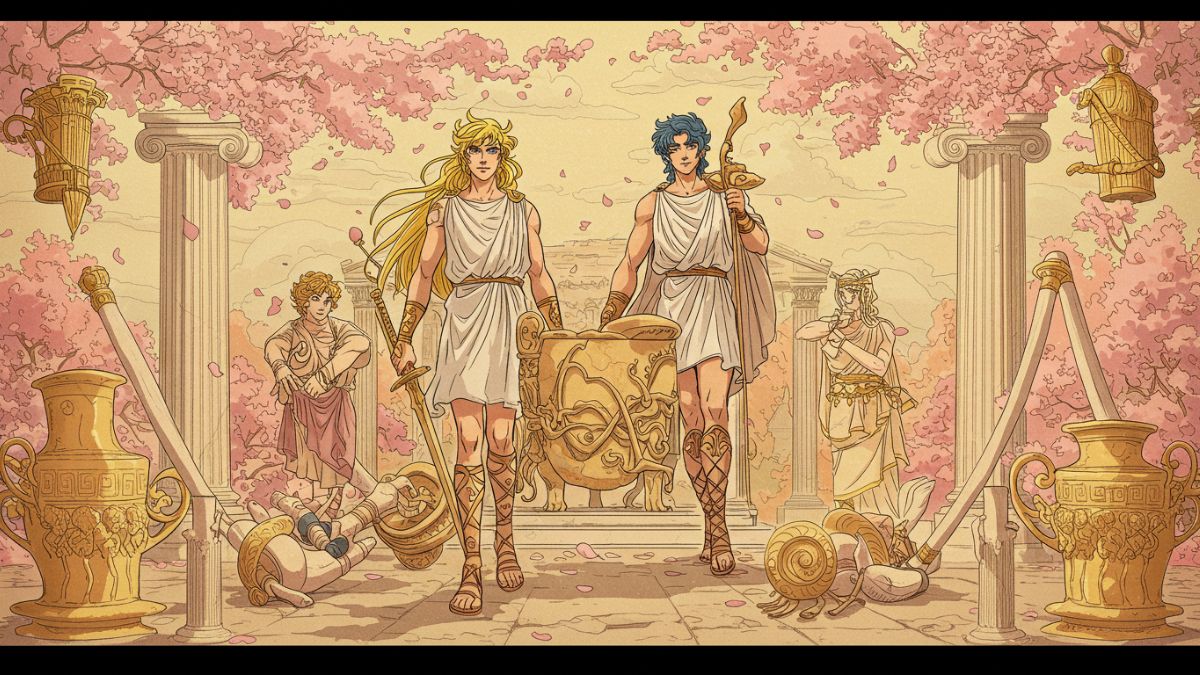This is where olympus scanlation comes in a beacon for enthusiasts seeking to bridge cultural gaps through translated art. As we delve deeper into the fascinating realm of scanlation, you’ll discover how this grassroots movement has transformed the global manga community and created connections that transcend language barriers. Get ready to explore how passionate fans are not just readers but also key players in sharing the magic of manga with audiences worldwide!
The Origins of Scanlation in the Manga Industry
Scanlation emerged in the late 1990s, born from a passion for manga and an eagerness to share it globally. Fans wanted access to stories that hadn’t yet reached their shores.
Dedicated individuals began translating Japanese comics into English, often using rudimentary tools. These early scanlators worked tirelessly, driven by love rather than profit. They sought to bridge the language barrier.
As technology advanced, so did scanlation methods. Scanners became more accessible and editing software improved, enabling higher-quality translations. Communities formed online where fans collaborated on projects.
This grassroots movement not only democratized manga but also ignited global interest in the medium. Scanlation paved the way for popular titles to gain traction outside Japan, inspiring many new readers along the way.
The cultural exchange was profound; readers connected with characters and stories steeped in Japanese culture while sharing their own perspectives through discussions online.
Impact and Influence on Global Manga Community
Olympus scanlation has profoundly shaped the global manga community. By providing access to a vast array of titles, it opened doors for countless readers who might never have encountered them otherwise.
These fan translations enable diverse voices and styles from various cultures to flourish. Readers are no longer confined to mainstream releases; they can explore niche genres or lesser-known works that resonate with personal experiences.
Moreover, scanlation fosters a sense of unity among fans worldwide. Communities form around shared interests in specific series or artists. This connectivity encourages discussions, fan art creations, and collaborations across borders.
As cultural exchanges thrive through manga, many creators gain international recognition thanks to these dedicated efforts. The influence of Olympus scanlation extends beyond mere translation; it cultivates an appreciation for storytelling traditions and artistic expression from Japan and beyond.
Bridging Cultural Gaps Through Scanlation
Scanlation serves as a vital link between diverse cultures. By translating manga, enthusiasts bring Japanese narratives to global audiences.
Readers gain access to stories that reflect unique experiences and perspectives. This exchange fosters understanding and appreciation of different traditions.
Through scanlation, fans not only enjoy captivating plots but also immerse themselves in the cultural nuances embedded within each page. Humor, societal norms, and art styles resonate differently across borders, creating a rich tapestry of shared enjoyment.
Moreover, this collaborative effort among translators encourages community-building. Fans connect over their favorite series while exploring the intricacies of language and culture together.
The act itself promotes dialogue about representation and identity in media. Scanlation empowers voices from various backgrounds to share their interpretations.
As more people discover these translated works, they develop an interest in learning the original language or culture behind them. This curiosity further enriches cross-cultural relationships within fandoms around the world.
The Process of Scanlating a Manga
Scanlating a manga is an intricate dance of art and technology. It starts with selecting the right title, often a hidden gem that deserves more attention. Enthusiasts scour raw scans for quality images, ensuring clarity and detail.
Once selected, the real work begins. Editors meticulously clean each page, removing text and imperfections. This step ensures the visuals shine through without distraction.
Next comes translation. A skilled translator immerses themselves in both cultures to capture nuances accurately. It’s not just about words; it’s about context and emotion.
After translation, typesetting takes center stage. The new dialogue needs to fit perfectly within speech bubbles while maintaining readability.
Proofreaders scrutinize every panel for consistency and accuracy before sharing it with fans worldwide. Each scanlation is a labor of love that reflects dedication to bridging cultural divides through storytelling.
Conclusion:
The world of Olympus scanlation continues to thrive, weaving a rich tapestry of cultural exchange. Fans and creators alike contribute to this vibrant community.
Through the lens of manga, we see stories that transcend borders. Each scanlation brings a unique flavor, enhancing appreciation for diverse narratives.
As technology evolves, so does the art form. The accessibility of digital platforms allows new voices to emerge and share their work with global audiences.
This ongoing dialogue fosters understanding among cultures. It opens doors that might otherwise remain closed in traditional formats.
FAQ’S
What exactly is scanlation?
Scanlation combines scanning, translating, and editing manga into English or other languages. This process makes it possible for readers who may not speak Japanese to enjoy their favorite titles.
Is scanlation legal?
The legality of scanlation can be murky. While the act itself isn’t inherently illegal, distributing copyrighted material without permission from creators does pose legal risks.
How does one get involved in scanlation?
Getting involved typically requires knowledge of both Japanese language and culture along with skills in graphic design or typesetting. Many fans start by joining online communities where they can collaborate with others.
